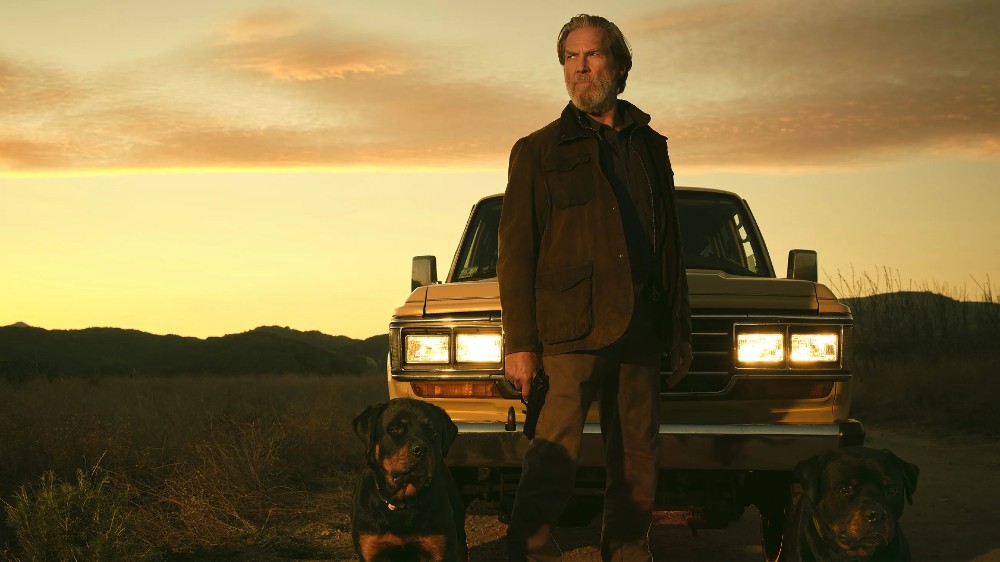
The FX series The Old Man received two Emmy nominations, one for lead actor Jeff Bridges and the other for Cinematographer Sean Porter. Porter’s work on the first episode of the series – he also shot the next episode and the last two of the season – helps to establish its distinctive feel and the very deliberate, slow pacing that makes it so quietly compelling.
Below the Line spoke to Porter about coming aboard the series and collaborating with the creative team to figure out how the show would look. He stressed the importance of having an open mind and not showing up with too many expectations without first consulting those already on a project.
He also looked back at his work on the pilot episode of Genera+ion and the upcoming Star Wars: Skeleton Crew and how he’s taking some time for himself to ensure that he has the proper creative mindset to tackle the next project, whenever that may be.
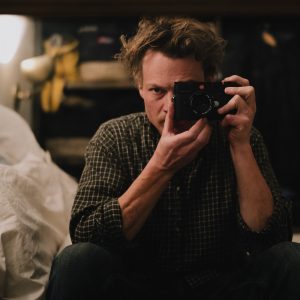
Below the Line: You get approached to work on a show called The Old Man. What is your expectation of the premise and the energy level?
Sean Porter: Oh yeah, that’s a funny question. I’m trying to remember what I knew going into that first meeting. I think I knew some basics and that Jeff Bridges was involved, that it’s this slow-burn, cat and mouse, espionage-y thing. It’s a good question, what do you bring [into] to a project? It’s funny.
Every DP has a different process and sometimes, you’ll get a script or a treatment, and immediately, your head fills up with all of this stuff. Some of it’s probably good, but I think, a lot of times, it can get in the way. If you think you know what a show should look like, or even what a commercial should look like, what I’ve found is that the best thing you can do is just bury all that. It’s not going away. It’s always there to access, like a bank account. The best thing is to show up with a really clean slate and just hear people out a little bit. They’ve already put so much work into a project, like The Old Man, at that moment that I walk in and don’t know anything about it, we want to capitalize on all that work that’s been put in.
When I started, I met with Jon and Dan, and Ann Johnson with the Littlefield Co, and it was a really open conversation. We talked a lot about stuff that wasn’t even related to the show or film, talked about our lives and what we were doing. We live in rural Oregon, so that’s always like a wait, what? What are you doing out there? I think it was just getting a vibe. You’re embarking on something with people that’s going to last a long time. It’s going to be far more than, is your visual aesthetic a good fit” and more like are you, as a person, a good fit for this family? I knew it was going to be dark. I knew it was going to be slow.
I think that there was already an idea of shot economy to the extreme level, which all DPs are excited about. You put so much work into getting a shot set up and off the ground. You feel like you’ve got a scene, and then, whether it’s the director or showrunner or something, they come in and say, I think we’ll need a few more pieces of coverage. You want to feel like you’re doing the best you can with each shot. These guys, in a lot of ways, trumped even my expectations of how to approach that. Which was a lot of fun, and again, it wouldn’t have come about if I was showing up with all my bright ideas. You just want to sit back and see what they’ve got to say.
BTL: You used the words slow and dark. I think that it is definitely pensive and deliberate. Do you find those scenes are easier to shoot than some of the more action-oriented sequences?
Porter: Weirdly, harder. I think with action, everyone has a pretty clear idea of how it needs to function and how it’s supposed to make the audience feel. With this, there are more restraints, more pieces when you’re covering a large area of ground. I’m thinking about the long, drawn-out sequence in episode seven that Jet Wilkinson directed, and we’re following Julian (Gbenga Akinnagbe) through this network of small rooms and it’s very complicated. We knew it would take a long time to do. There’s only so many things you can do with the lighting, and it’s more about speed and economy at that point. Those really slow, dark pieces take a long time to set up and finding that point where you think you’re taking things too far and navigating that line, not only for myself, but for Jon, Dan and John Steinberg, that’s trickier, and it takes a little bit more patience for all of us to uncover. You’re unearthing that stuff in real time.
We shot in Chase’s house first, which was a nice way to open. There’s a lot of really, really dark scenes in that location. We’re all entering that dark space together and figuring out our own personal boundaries. That’s usually a part of prep. We’d typically use references to define the edges of the sandbox that we’re all going to play in. Did we go too dark? Did we go too far here? Because we’re pushing things further than a lot of television, there weren’t a lot of references for how dark we were going. A lot of it was feeling our way through the dark together and there’s got to be a lot of trust among all of us to realize that stuff.
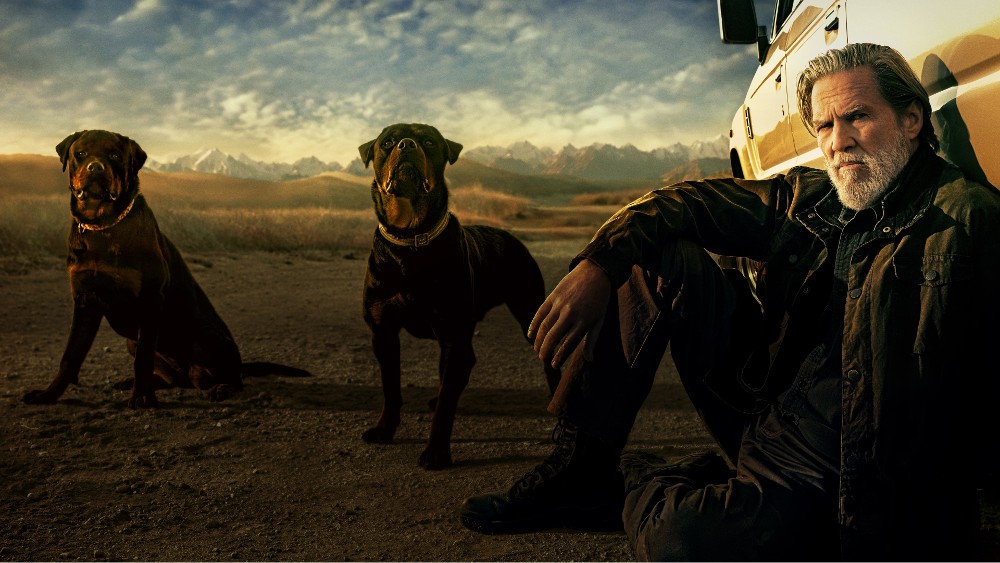
BTL: This show manages to make phone calls interesting because we have a lot of moments where it’s just a voice at the other end of the line.
Porter: Oh, gosh. That’s often the most difficult to navigate. You’re always asking yourself, where are we doing the conversation from and it often leads to weird decisions with too much crosscutting, but I agree with you. It’s true for all narratives, but I think they leveraged it so well in the show: it really is interesting to witness these guys listening, and it is as important to the show as talking, because a lot of times the words are used to deceive, or to get information and not give any information. I love that the show really spends time watching people observe. I think it comes out really well in those phone call scenes.
BTL: Another crucial aspect of the entire show is the use of flashbacks. Was it very purposeful in terms of trying to make those look different from the present we were seeing?
Porter: It’s a great question. I have a love-hate relationship with flashbacks. Not as a narrative device, but I think a lot of times, there’s this pretense that the director is going to try to layer on some visual convention to help the audience understand its relevance or that it is a flashback. I prefer to not make any delineation at all. The information is what’s important. Those narrative beats are what’s important, and it’s treating the audience a little unfairly, treating them as a little dumb. They’re going to figure it all out really quick, because of the art decoration, the cars in the background, the hair, the makeup, the wardrobe.
I don’t need to go in there and put a sepia filter on there or make it black-and-white. All the other departments help with that. So really there’s no adjustment, at least on my end. That first big flashback scene in the diner, maybe I got lucky, only because that world and that environment already looked so different because of the use of practicals there. Maybe I snuck my way into those flashbacks and it had a look without me breaking my own rules.
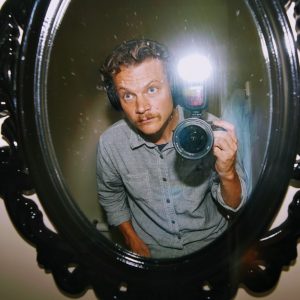
BTL: Do you anticipate being involved with Season Two of the show?
Porter: They’ve already started! I had a couple of really, really lovely conversations with Dan about it. He very graciously asked me to come on, and it was a really hard decision, with the timing. I had spent just about a year working with the Star Wars TV show. Between that and finishing The Old Man and the film I did before that with Peter Farrelly, it ended up being eighteen months on the road. I just felt like I needed to take a break and reconnect with the family.
It’s interesting, coming up in this industry. You’re always looking for mentors or heroes or paths to follow. I remember being a young second AC, and DPs would come in from out of town and there always be a little buzz around whatever they were doing next. This idea of literally jumping on one project after another was not only romantic, but heroic, and something for you to aspire to. Then flash forward twenty years. You have that opportunity, but you realize that actually, that downtime where you’re doing something else, it’s so helpful to what we do.
You have nothing to give back if you’re just constantly regurgitating your own internal industry experiences. You need to go do other stuff. You need a hobby and then you have something to bring back that’s a little different. It shifts your way of thinking a little bit and improves your work. I think those breaks are really critical. It was a hard decision, but I decided to pass.
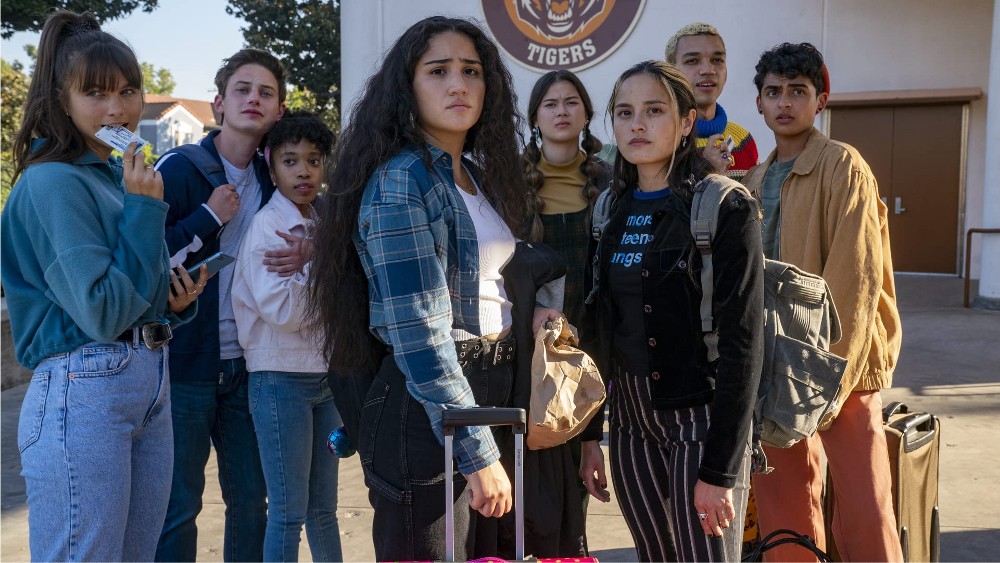
BTL: There’s another credit on your IMDb page which came before this, which is a show totally on the opposite spectrum of everything: the pilot of Genera+ion, which I thought was terrific and had a really distinct style. What was your experience like with that show?
Porter: Oh, that’s really nice. I don’t think many people saw it. That was a really unique experience, because it was really my very first foray into television. I don’t remember the circumstances that pushed me to do the job. But there is something about projects that delve a little bit more into the experiences of kids that I really connect with. There are lots of little things, like running to catch the bus, and your shoelace is untied. That’s a huge deal in a kid’s world. That’s a more interesting and fun world to navigate, and Genera+ion posed this slightly more mature version of that, of these kids dealing with really difficult situations.
I loved occupying that mindset. It involves nostalgia, where you can remember some of the stuff you went through, but also do your best to service this generation of kids growing up with their own problems. I think I knew I could do that show, I understood what they’re doing aesthetically. I actually saw it as a potential red flag because it wasn’t pushing me into an uncomfortable place. I don’t want to be doing projects that I have ‘in the bag.’
Obviously, you still have something to offer, and you make sure you get everything and do it well. But with something like The Old Man and Skeleton Crew, I was terrified signing up for those projects because I didn’t know how it was all going to work out, or if it would work out. I don’t know the end of the story. I’m invested in a slightly different way. With Genera+ion, not to say I wasn’t invested. It was so character-oriented, talking about the characters and motivations and a lot of time spent scouting locations. Building that climactic moment at the party where all of those stories come together… We rehearsed that so many times and on multiple occasions, worked out the timing and re-blocked shots so it all fit together. That was a really gratifying experience, because then, when you do execute it, it feels like, yeah, we know what we’re doing. You’re not just like throwing yourself into the lion’s den. The Barnzes were just the kind of filmmakers where, after hours, you’d have a glass of wine and talk about character.
Working with Jon in a lot of ways was a very opposite experience. Not of that happened. Having just done Genera+ion and then immediately coming onto The Old Man, I guess I just came to it with, again, preconceived notions. Jon, at that point, he had done some really big films, and was used to leveraging the power of partners that really know what they’re doing. He’s not micromanaging. He’s got a lot to do in order to pull this show off, there’s a lot at stake. He’s like, do your thing and run with it. I’ll have my ideas, and you’ll have your ideas, and we’ll make this work. We never hung out, certainly not after hours to talk about films. None of that ever happened. A lot of stuff didn’t get worked out until the tech scout.
Once we did get both of us in the room with our sleeves rolled up, everything became really exciting and the ideas just started pouring out. I realized there was a lot of internal prep going on both sides, and once we had a space where we could work together, building upon all that background, we could do it. And then there were new ideas that didn’t feel arbitrary or sloppy. I was pulling from a different place than I was used to, and that’s really exciting.
All episodes of The Old Man can be streamed via Hulu.





